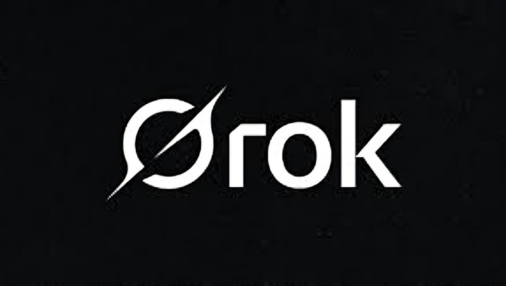Grok — From Martian Speech to Modern Tech
Grok is a compact but powerful word that has traveled from science-fiction pages into everyday tech and cultural vocabulary. This article explores what grok means, where it came from, how it migrated into hacker culture, and why it keeps showing up in modern tech — especially in AI.
What Does “Grok” Mean?
The term “grok” was coined by Robert A. Heinlein in his 1961 novel Stranger in a Strange Land. In the book the Martian verb originally means “to drink,” but Heinlein uses it as a broader philosophical concept. To grok something is to understand it so deeply that the observer and the observed merge — you internalize its essence, empathize with it, and "become" it in some sense.
This definition emphasizes understanding beyond facts: grokking combines knowledge, empathy, and intuitive synthesis — a holistic comprehension rather than mere intellectual grasp.
From Science Fiction to Everyday Language
After Heinlein’s novel, “grok” was rapidly adopted by 1960s counterculture and later by technical communities. Sci-fi readers, hackers, and programmers found the word useful: it named a kind of deep, almost existential understanding that technical problem-solving sometimes requires.
Within programming, to “grok” a language, architecture, or codebase implies internalizing not just syntax or APIs but the style, philosophy, and mental model that the technology embodies. Hacker glossaries and the Jargon File preserved and popularized this usage.
Grok in Tech Culture
Tech communities use “grok” when describing moments of sudden clarity: when a pattern, algorithm, or system “clicks” and you can predict its behavior and reason about its edge cases. It’s commonly used by developers, system designers, and data scientists to describe a deep working intuition.
Examples include:
- “I finally grok this concurrency model” — meaning true mental mastery, not just superficial knowledge.
- “Once you grok Lisp, you think differently about code” — referring to a paradigm shift in thinking.
Grok and Artificial Intelligence
In recent years, the word regained attention through AI. Naming an AI system “Grok” (as a few companies have) signals an ambition: to build models that do more than map inputs to outputs, and instead demonstrate a deeper, context-aware understanding.
However, the aspiration to “grok” is also a cautionary tale: true understanding in machines remains debated. Current AI models can mimic deep comprehension through patterns and large training data, but whether this equals human-like grokking — the empathetic, fused understanding Heinlein imagined — is still an open question.
Why “Grok” Still Matters
“Grok” endures because it names something useful and rare: an integrated, intuitive understanding. It’s concise, evocative, and crosses cultural boundaries from literature to software engineering and AI research.
Key reasons for the word’s staying power:
- Conceptual precision: it captures a nuanced kind of understanding not easily expressed in a single English word.
- Cultural reach: sci-fi fans, hackers, and technologists use it fluidly — bridging creative and technical worlds.
- Ambition for AI: calling a system “Grok” stakes a claim for deeper contextual intelligence, sparking conversation about what genuine understanding in machines looks like.
Final Thoughts
From a Martian verb to a staple in hacker slang and an evocative label in AI, “grok” has travelled far. Whether you encounter it in literature, on a developer forum, or as the name of a model, the word invites reflection: do we really understand the systems we build and use — or do we merely simulate understanding?
Grok is useful because it asks us to aim higher: not just to know, but to integrate, empathize, and see systems from the inside out. That’s as valuable for human learning as it is for designing the next generation of intelligent tools.

